Just_Super/iStock.
This transformative project aims to grow human brain cells on silicon chips, creating remarkable capabilities in the realm of machine learning.
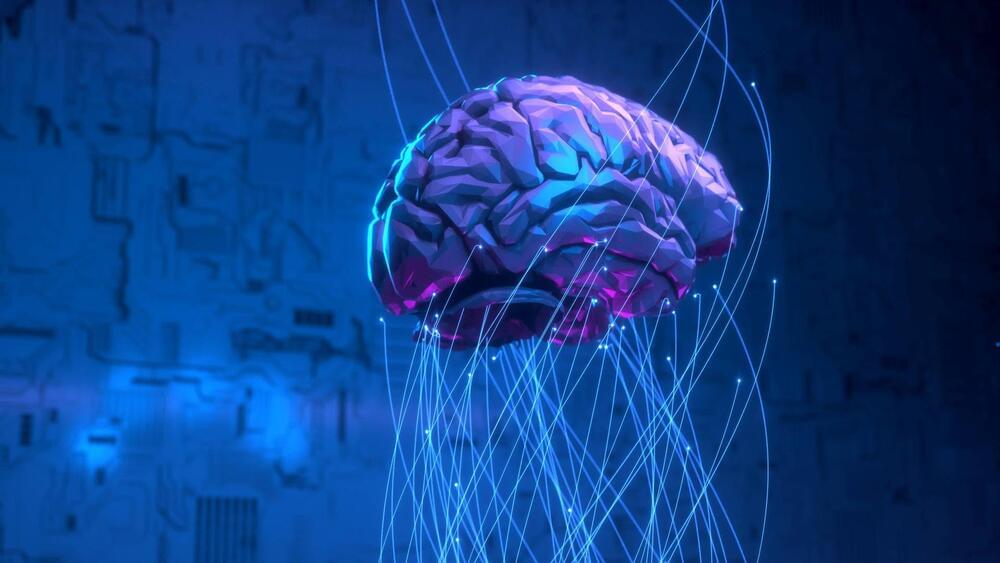

A team of researchers led by Associate Professor Kazuhiro Nakazawa from Nagoya University.
Nagoya University, sometimes abbreviated as NU, is a Japanese national research university located in Chikusa-ku, Nagoya. It was the seventh Imperial University in Japan, one of the first five Designated National University and selected as a Top Type university of Top Global University Project by the Japanese government. It is one of the highest ranked higher education institutions in Japan.
There’s a meditative state described in ancient Buddhist scriptures that is hard to imagine because it is not something – but nothing. Referred to as nirodha-samāpatti, it roughly translates as ‘the cessation of thought and feeling’, and it is the highest meditative state possible in Theravada Buddhism, following eight others called jhānas. Each jhāna requires deepening levels of concentration, and a retreat into the mind, away from typical consciousness.
According to David Vago, a psychologist at Vanderbilt University in Nashville and director of the Contemplative Neuroscience and Mind-Body Research Laboratory, nirodha-samāpatti refers to a ‘state of profound concentration or absorption in which all mental activity is temporarily suspended’. It’s said that the state leads to a total absence of sensation and awareness, which would help explain the stories of monks who stayed in this deep trance while fires burned around them.
There are many tales like these from religious texts. Vivid descriptions of dramatic alterations of consciousness that seem to defy our day-to-day experiences of mind and body. However, because the stories come from anecdotes, or ancient sources, it’s hard to know what’s true and what’s mythical. Recently however, psychologists and neuroscientists have begun to look for ways to find out what’s going on in the brain that might lead to such states.
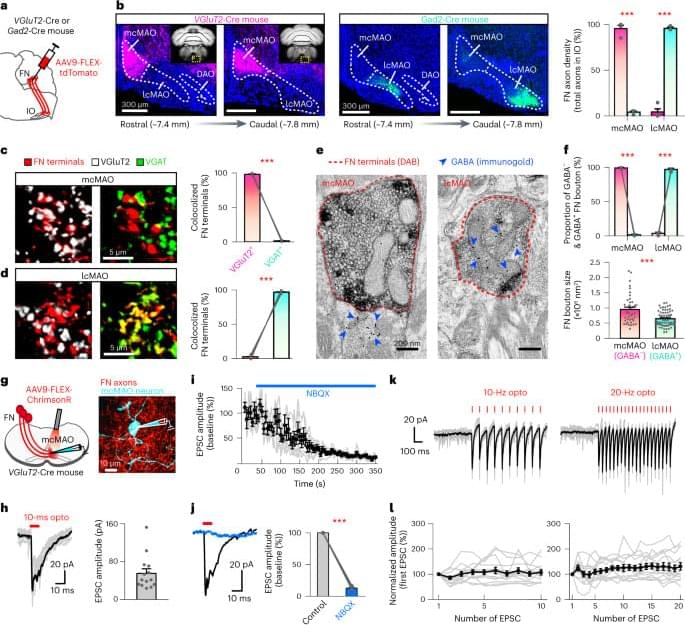
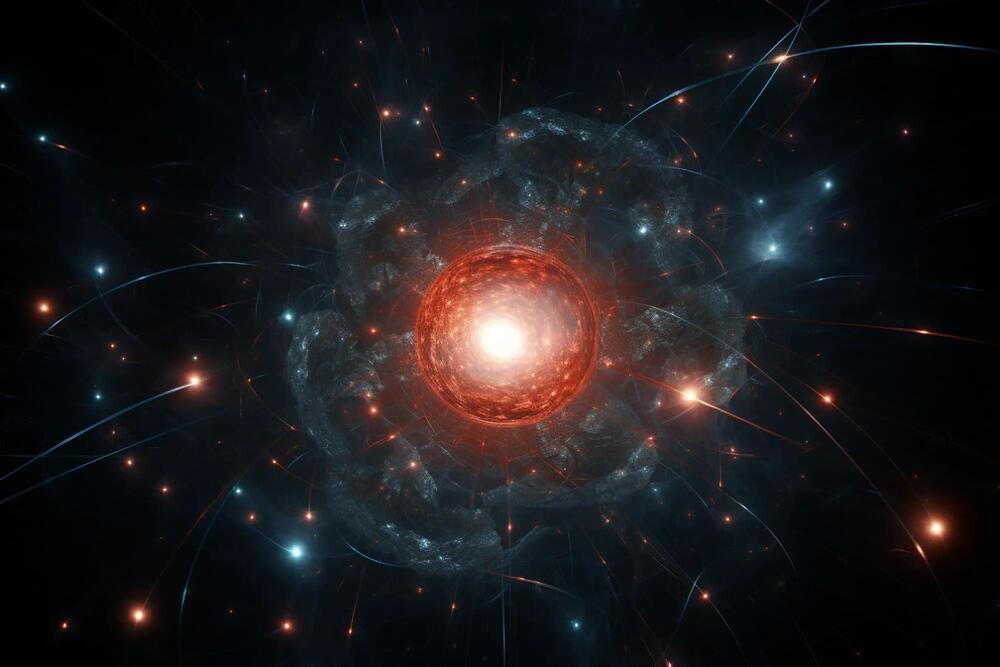
The Dark SRF experiment at the Fermi National Accelerator Laboratory has achieved unprecedented sensitivity in the search for hypothetical dark photons. By innovatively employing superconducting radio frequency (SRF) cavities, researchers can now explore different potential mass ranges for these elusive particles, pushing the boundaries of our understanding of dark matter.
Scientists working on the Dark SRF experiment at the U.S. Department of Energy’s Fermi National Accelerator Laboratory have demonstrated unprecedented sensitivity in an experimental setup used to search for theorized particles called dark photons.
Researchers trapped ordinary, massless photons in devices called superconducting radio frequency cavities to look for the transition of those photons into their hypothesized dark sector counterparts. The experiment has put the world’s best constraint on the dark photon.
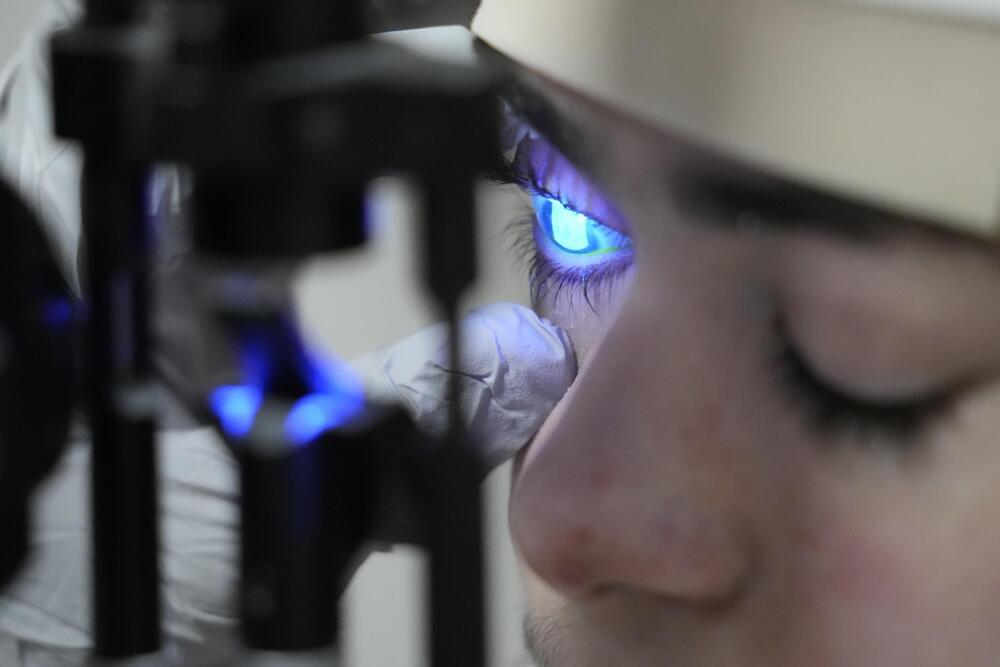
Dr. Alfonso Sabater pulled up two photos of Antonio Vento Carvajal’s eyes. One showed cloudy scars covering both eyeballs. The other, taken after months of gene therapy given through eyedrops, revealed no scarring on either eye.
Antonio, who’s been legally blind for much of his 14 years, can see again.
The teen was born with dystrophic epidermolysis bullosa, a rare genetic condition that causes blisters all over his body and in his eyes. But his skin improved when he joined a clinical trial to test the world’s first topical gene therapy. That gave Sabater an idea: What if it could be adapted for Antonio’s eyes?
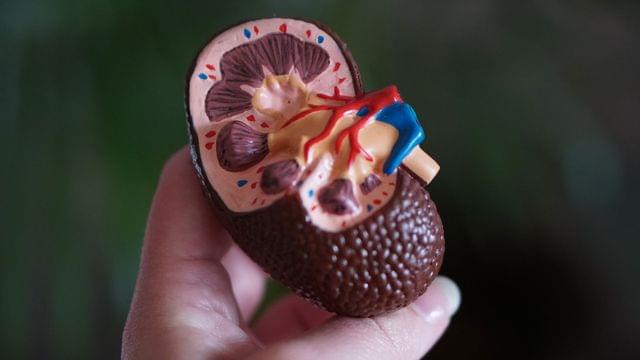

Similar to Interstellar, Oppenheimer (now in theaters) finds Christopher Nolan at his most abstract, with the director working overtime to ascribe a visual language to concepts just beyond our comprehension.
It wasn’t enough to simply make a biopic about the father of the atomic bomb — he needed to take us inside the extraordinary theoretical mind of J. Robert Oppenheimer (played in the film by Cillian Murphy) and show us the Big Bang-like birth of quantum physics and how it directly led to the creation of the atomic bomb.
RELATED: Oppenheimer’s Atomic Bombs Marked a New Geologic Age of Humans.

“The other thing we might find is actually this long flow, [this] drip of pharmaceuticals: caffeine, lidocaine, cocaine, amphetamine, antidepressants, birth control — this long slow drift of them from cities into the [ocean] is… starting to hit these animals,” Hird said.
Shark Week show delves into whether sharks off the coast of Florida are coming into contact with the huge quantities of cocaine that get dumped in these waters.

Elon Musk announced plans on Saturday to ditch Twitter’s bird logo for an “X” — a reference to the CEO’s vision to create an all-encompassing “everything app” that may incorporate shopping and banking services, among other features.
The domain X.com now redirects users to Twitter. Musk said a new “interim” X logo will go live Sunday. He did not respond to a request for comment.